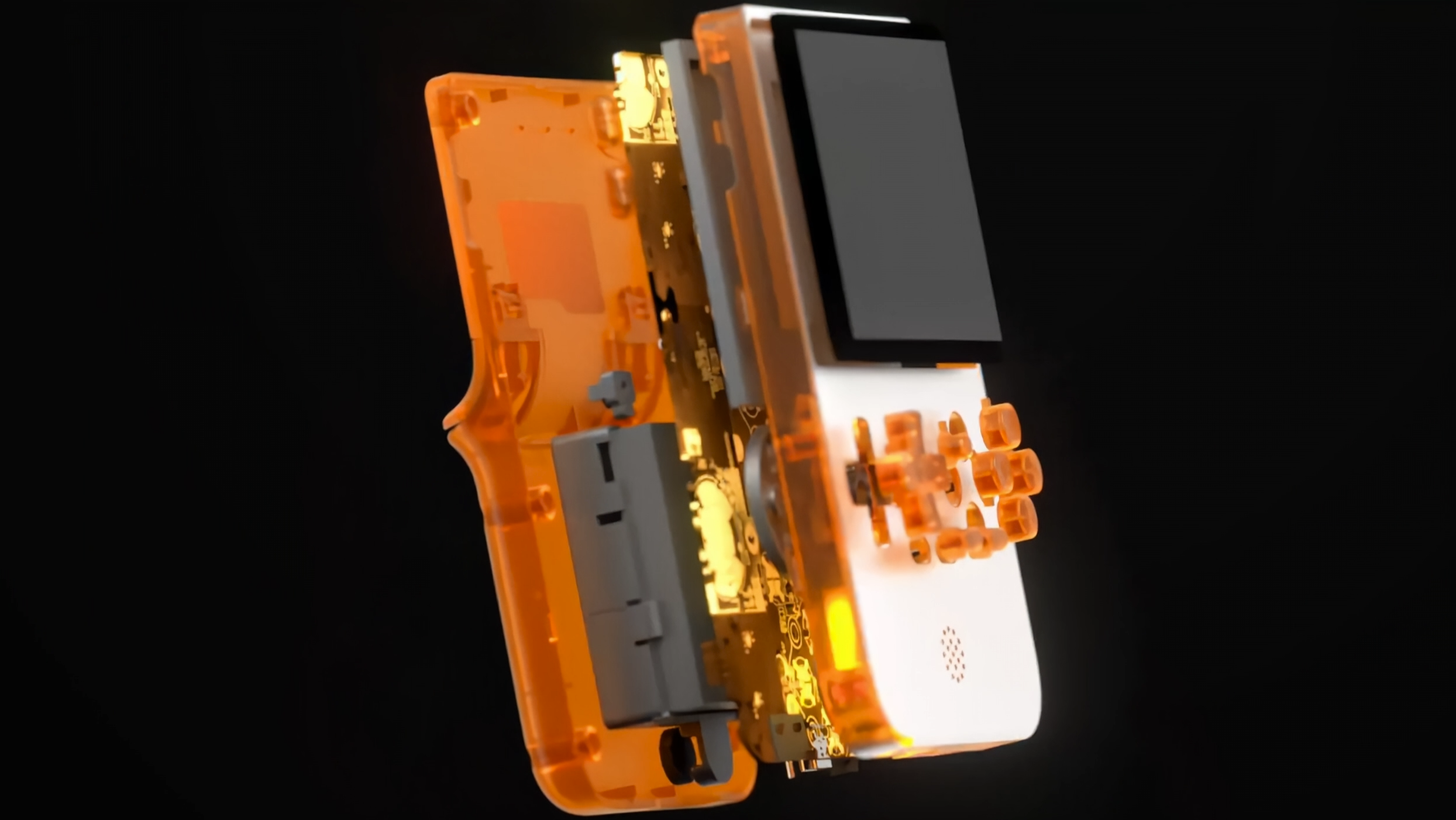
Want a side of crypto with your handheld gaming? On X (formerly Twitter), Ordz Games has announced the BitBoy Oneits self-proclaimed “world’s first Web3 gaming device”, the BitBoy One on Twitter after two unveiling events.
The Twitter announcement followed a Paris Blockchain Week between April 9th and 11th and a “Sneak preview” event April 7th.
Ordz Games told Decrypt that it is aiming to sell the BitBoy for around $500. The thing is, sub-$100 emulation handhelds that look and play almost exactly like this already exist (here’s an example) and they use the same underlying Arm Cortex A55-powered SoC, the Rockchip RK3566 introduced in 2020. They don’t, however, have Web 3 features. Since this SoC is using an Arm Mali-G52 MP2 GPU, BitBoy is unlikely to even be capable of emulating the most intensive PS1 or PSP games at maximum speed.
Other specs include 32GB of internal memory, 256GB TF storage, and 4GB of RAM.
That said, while the internal specs are obviously extremely humble for the price, the typical IPS panel and controls that come with these handhelds tend to at least be good for 2D gaming. However, this can still be done for much cheaper, and the Steam Deck OLED starts at $549. You’ll have to be a big believer in the Blockchain to see the value here, it seems.
Besides play-to-earn blockchain services being tied to this handheld — and the handheld being shown playing emulated games in its official marketing — the device also doesn’t mine Bitcoin or other cryptocurrencies. BitBoy can, however, serve as a hardware Bitcoin wallet; Decrypt reports that it will support Xverse and Unisat wallet apps.
Those who purchase the BitBoy One will also get a digital copy of the device as a Bitcoin Ordinal Inscription, which is similar to an NFT.
Ordz also claims that tokens can be mined simply by leaving the device running, which is starting to recall the Arm CEO’s recent comments about AI ambitions and sheer power demands over time. Though to be fair, charging a BitBoy’s 3500 mAh six-hour battery definitely isn’t going to be consuming wattage anything close to an Nvidia H100, or even Steam Deck.
In any case, it seems the device will be available for the always-enthusiastic crypto market to enjoy in the coming months. How successful it will prove to be as an actual gaming device considering its comparative cost to actually powerful, hackable used consoles like Wii U or just a regular old Steam Deck that already runs native PS4 ports and Switch emulation certainly remains to be seen, though.





